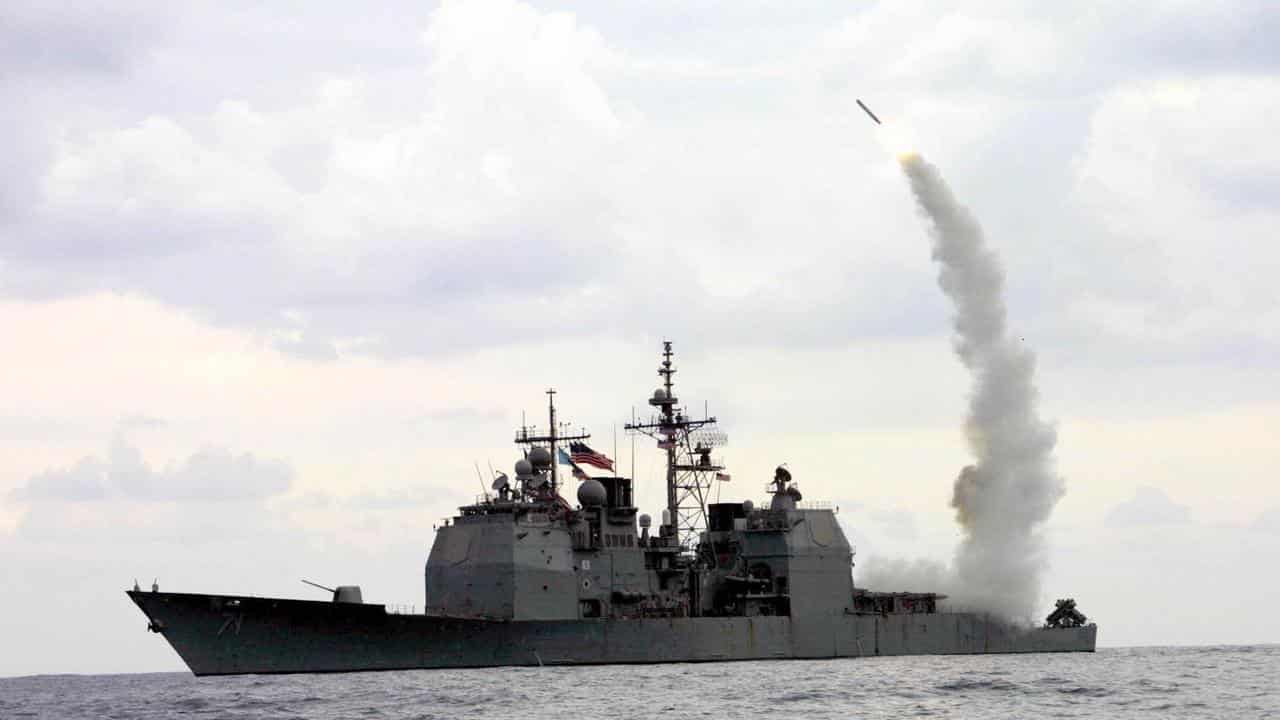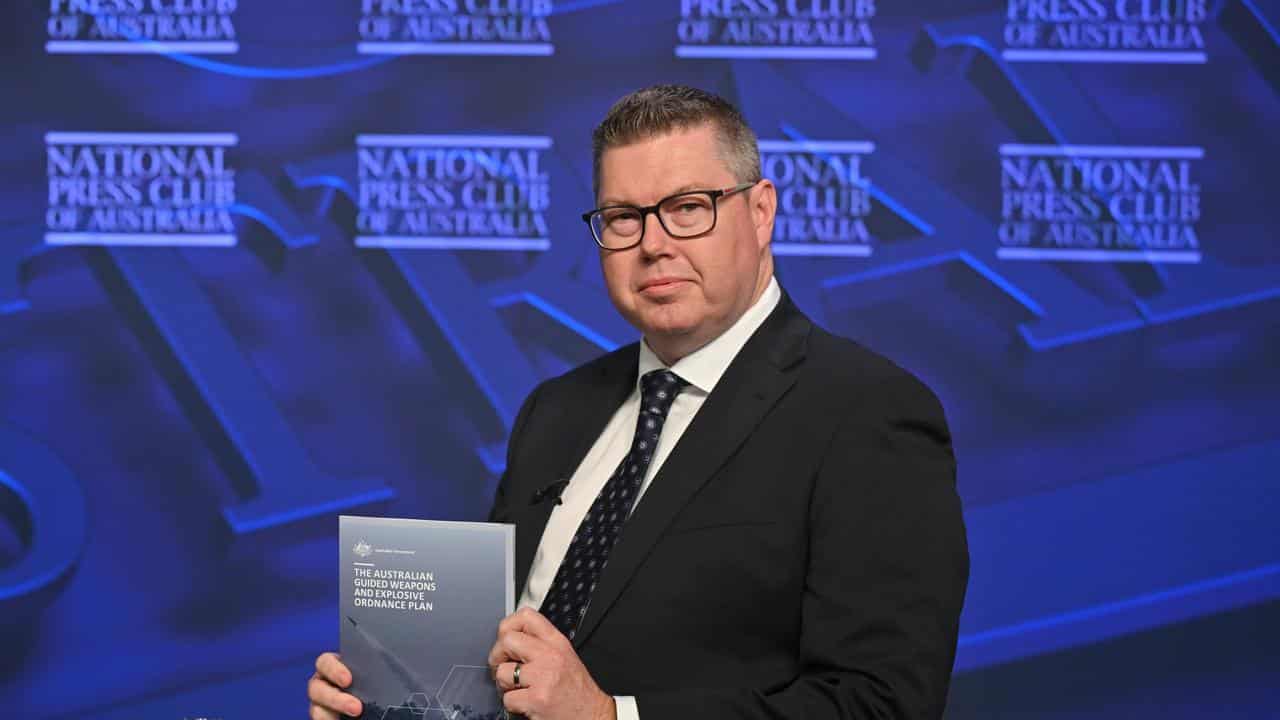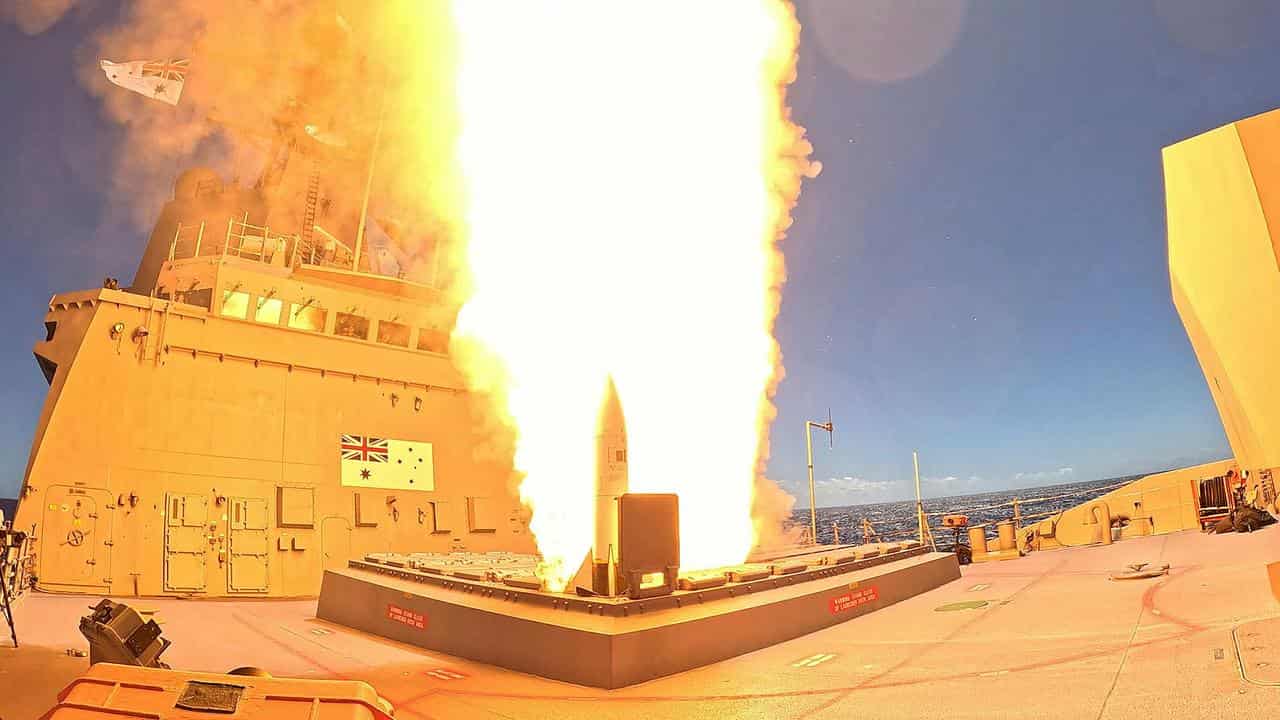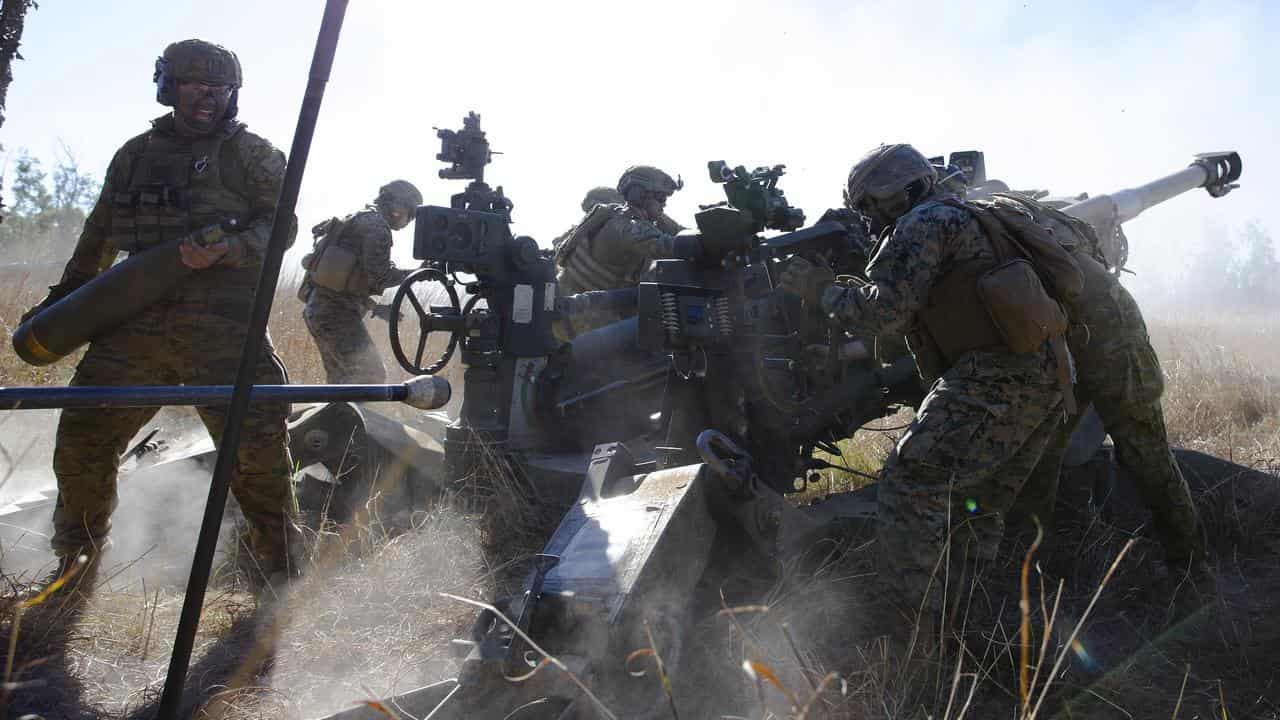
Australia is rapidly increasing missile and ammunition stocks and working to bolster onshore manufacturing as it heeds lessons from Russia's invasion of Ukraine.
The federal government will partner with Lockheed Martin and lay down $316 million to build a weapons manufacturing plant able to produce 4000 guided, multiple-launch rocket systems each year, starting later in the decade.
It will work with Thales to manufacture 155mm artillery shells at a Commonwealth-owned facility in Benalla, Victoria, that will produce 15,000 rounds a year by 2028 and can scale up to 100,000 annually.
It's also working on options to manufacture rocket motors domestically, with $22 million set aside over three years.

Protracted procurement times put Australia at risk as conflicts, especially Russia's war in Ukraine, depleted global weapons stocks faster than replacements could be built, Defence Industry Minister Conroy said.
A "modern missile age" was marked by rapid technology advances and "often accompanied by a lack of transparency or strategic reassurance", he said in a veiled reference to China's military build-up.
Beijing's military proliferation of long-range precision firepower meant Australia's isolated geography had become less of an advantage than in the past, the minister said.
So the military pivoting to long-range missiles and significantly boosting the number of artillery shells that can be built onshore would help deter potential adversaries from attacking, he said as he released a guided weapons blueprint.

A shift to long-range strike capabilities means a revamped navy fleet will be able to hit targets more than 2500km away, the army 1000km and the air force 900km.
"Long-range strike is critical to this strategy of deterrence, it enables the Australian Defence Force to hold an adversary's forces at risk at greater distances," he told the National Press Club on Wednesday.
But global stocks were being drained and not replenished quickly enough, Mr Conroy said.
He pointed to seven years' worth of anti-tank missiles used in the first month of Russia's invasion and 10,000 artillery shells used on a single day equated to a month of European production.
"That’s why we need to make and maintain guided weapons and explosive ordnance in Australia, this will make us more self-reliant, and more resistant to coercion."
More than $70 billion over the decade has been set aside for ranged weapons, missile defences and associated capabilities as part of the plan to deter potential adversaries from attacking Australia.

While there was "a misnomer that manufacturing in this country slows things down", building naval strike missiles onshore would actually provide faster access than joining the queue at a Norwegian factory, Mr Conroy said.
Asked whether a turbo-charged manufacturing industry coming in towards the end of the day would cut it in the case of a potential conflict in the Indo-Pacific spurred by Taiwan, Mr Conroy said defence was being built as quickly as possible.
He ran through a laundry list of weapons and capabilities the military had brought forward to plug gaps, including frigates, infantry fighting vehicles and landing craft.
More than 200 Tomahawk cruise missiles are being purchased for the navy's Hobart class destroyer and will be onboard by the end of 2024 while equipping the Hunter class frigates with this weapon is being reviewed.









